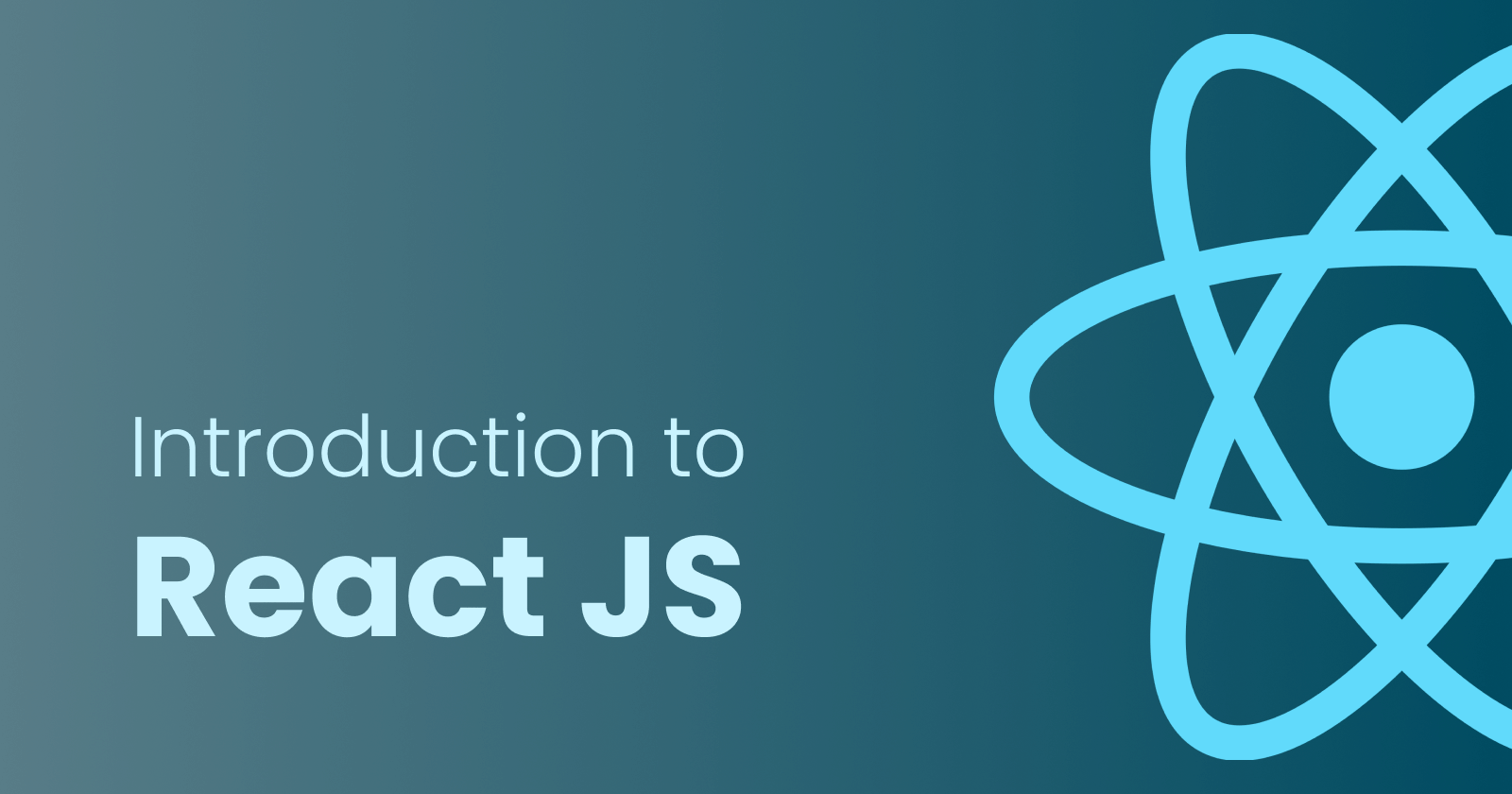Introduction
In the ever-evolving landscape of web development, creating dynamic and engaging user interfaces is essential to captivate and retain users. React, a revolutionary JavaScript library has emerged as a game-changer, empowering developers to build sophisticated web applications with ease and efficiency. In this comprehensive article, we will explore the core concepts of React, its unique features, and the reasons behind its widespread adoption in the developer community.
What is React?
React, also known as React.js or ReactJS, is an open-source JavaScript library developed and maintained by Facebook. It was first introduced in 2013 and has since gained immense popularity due to its simplicity, flexibility, and high-performance capabilities. React is primarily used for building user interfaces and single-page applications, and it has quickly become the go-to choice for front-end development.
Component-Based Architecture
At the heart of React lies its component-based architecture. A component is a self-contained, reusable unit that represents a specific part of the user interface. Components can be combined to create complex UIs, promoting a modular and structured approach to web development. This architecture not only enhances code organization but also facilitates code reuse, making it easier to maintain and scale applications.
Virtual DOM for Optimal Performance
One of React's key innovations is the Virtual DOM, a lightweight abstraction of the actual DOM. Instead of directly manipulating the browser's DOM, React creates a virtual representation of the UI components and their states. When there are changes to the application's data or state, React efficiently calculates the minimum necessary updates and performs a process called "reconciliation." This process significantly reduces the number of DOM manipulations, leading to improved performance and a smoother user experience.
Declarative and JSX Syntax
React's declarative nature is another significant advantage. It allows developers to describe the UI based on its current state, and React takes care of updating the DOM accordingly. This declarative approach makes code more intuitive and readable, as developers can focus on what the UI should look like at any given time, rather than how to achieve those changes.
To further enhance this declarative approach, React introduced JSX (JavaScript XML), which enables developers to write HTML-like code directly within JavaScript. JSX simplifies the creation of React elements and helps maintain the component's structure and hierarchy, making the codebase more maintainable.
Unidirectional Data Flow
React follows a unidirectional data flow, also known as one-way binding. Data flows from parent components to child components, preventing unexpected side effects and making it easier to understand how data changes propagate through the application. This data flow pattern improves the predictability of the application's behavior and simplifies debugging.
React Hooks: Enhancing Functional Components
With the release of React version 16.8, React Hooks were introduced, revolutionizing the way developers work with functional components. Prior to hooks, developers relied on class components to manage state and lifecycle methods. Hooks allow functional components to use stateful logic and perform side effects without the need for class components. useState, useEffect, useContext, and other built-in hooks enable developers to manage state and perform side effects seamlessly within functional components.
Thriving React Ecosystem
React's popularity has given rise to a thriving ecosystem of libraries, tools, and extensions that complement and extend its capabilities. From React Router for handling routing to Redux for state management, developers have access to a wide range of resources that streamline development and address various application needs. This vibrant ecosystem continues to grow, fostering a community that actively contributes to the improvement and expansion of React's features.
Conclusion
React has transformed front-end development by providing a powerful and intuitive library for building user interfaces and single-page applications. Its component-based architecture, Virtual DOM, declarative syntax, and unidirectional data flow have become pillars of modern web development.
As you venture into the realm of React, embrace its simplicity and flexibility. With a solid understanding of React's core principles and features, you'll embark on a journey that empowers you to create visually stunning, responsive, and high-performing web applications that leave a lasting impression on users and set new standards for web experiences. Welcome to the world of React, where innovation and creativity know no bounds. Happy coding!

